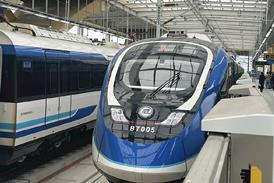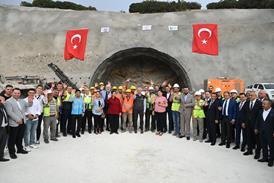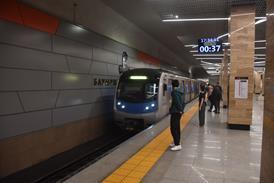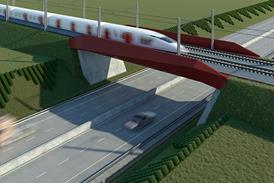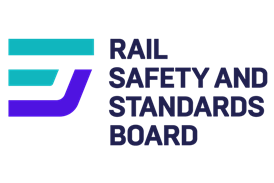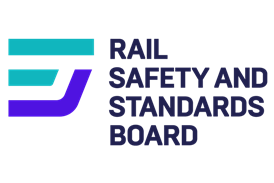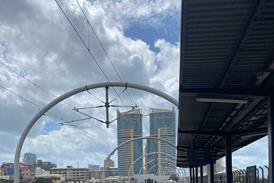CABLING: Mita UK used the Infrarail 2008 exhibition in Birmingham to showcase its range of glass-reinforced polymer products, aimed primarily at offering a more rapid and more adaptable alternative to concrete for lineside cable management.
GRP has particular benefits for sites where the cabling cannot be buried alongside the track, such as on sloping embankments. Glass-reinforced concrete troughs on stilts are conventionally used to position cables at the foot of an embankment, but installation of concrete ducts is both expensive and complex because of the difficulty of matching the concrete to the topography of the site.
As well as being a lighter material, GRP is less brittle, yet strong enough to allow the posts to be spaced further apart - up to 6 m if required. It is also more easily adapted to go around corners and create end joints to raise cabling from ground level. The resin used in Mita's GRP systems is polyester isopthalic resin, which provides resistance to corrosion and fire.
Mita uses pultruded rather than moulded GRP. Pultruded technology is not new, but until quite recently the comparatively high manufacturing costs meant its use was confined to applications which required extreme material longevity. Thanks to greater automation, production costs have reduced and now approach those of traditional materials.
This also makes GRP a more viable option for a range of other products. It is an attractive alternative to steel for use around electrical equipment, as it is a strong insulator, and installation is straightforward as no earthing is required. Mita has supplied point heater transformer platforms in GRP, and London Underground is replacing many of its drainage covers with the material rather than steel. GRP can be cut or drilled using simple hand tools and no deburring or filing of sharp edges is necessary.
Mita has supplied vandal-proof GRP troughs with a lid for maintenance access. These are more easily attached to lineside posts than conventional concrete ducts.

